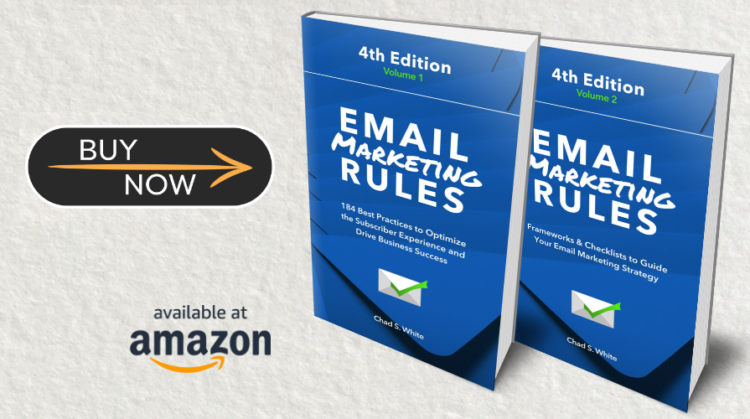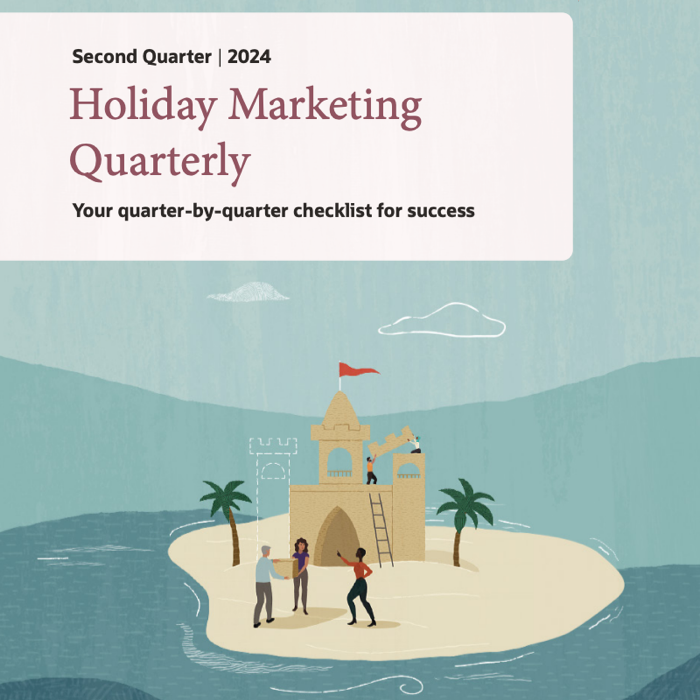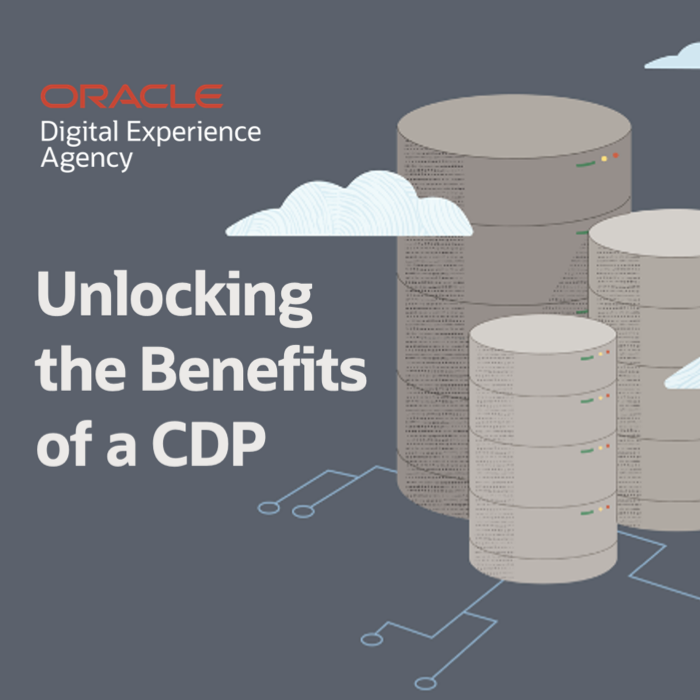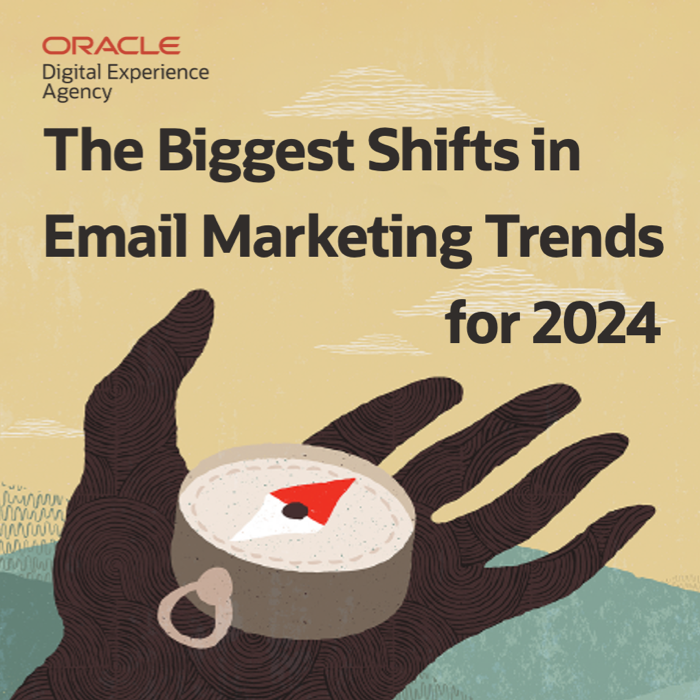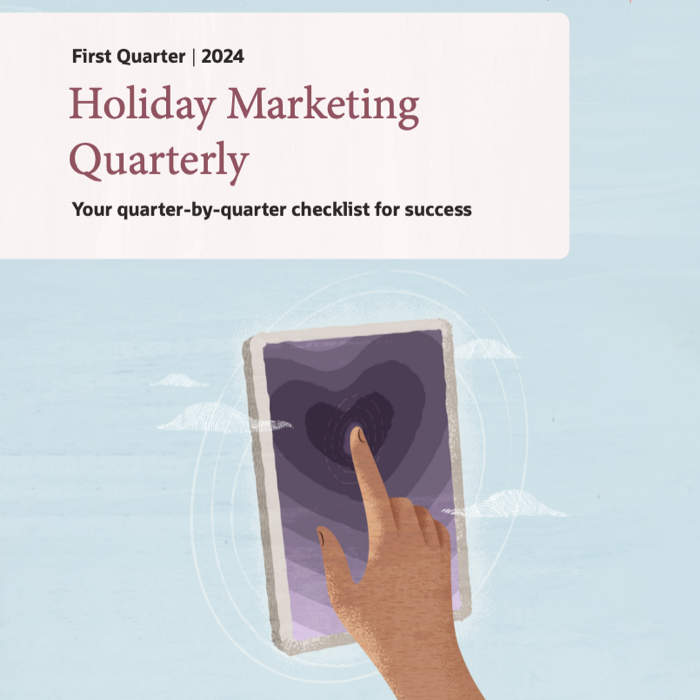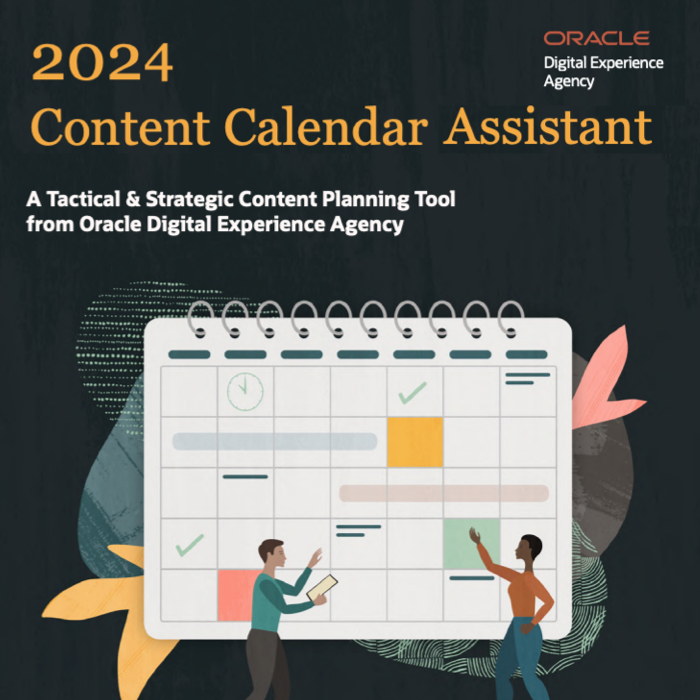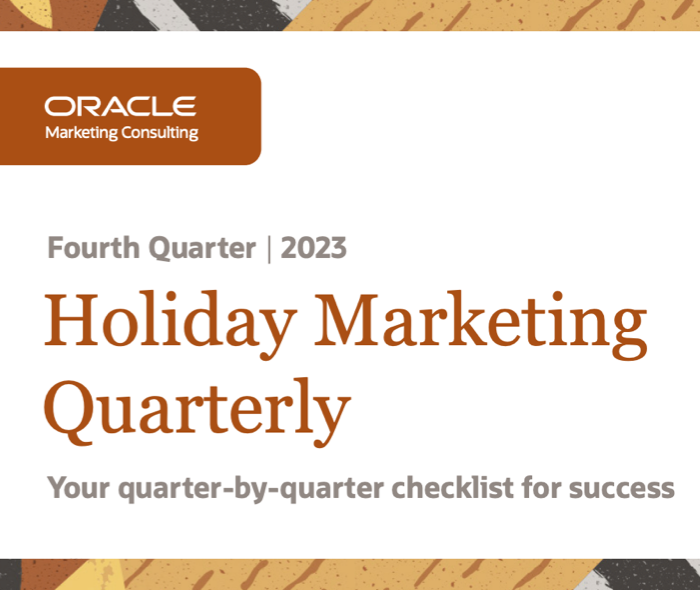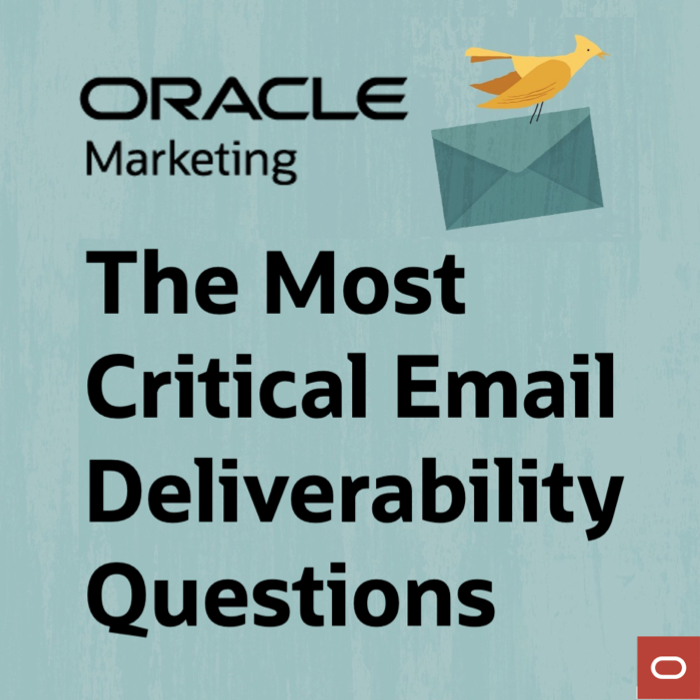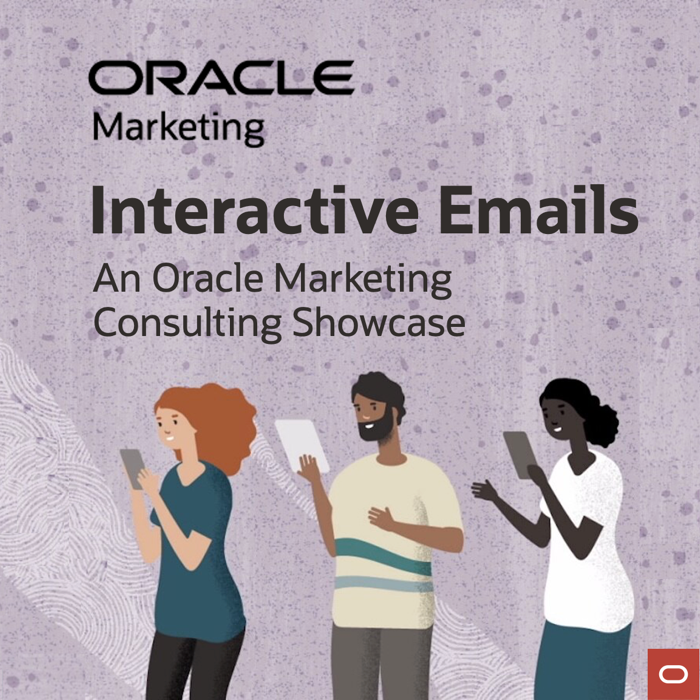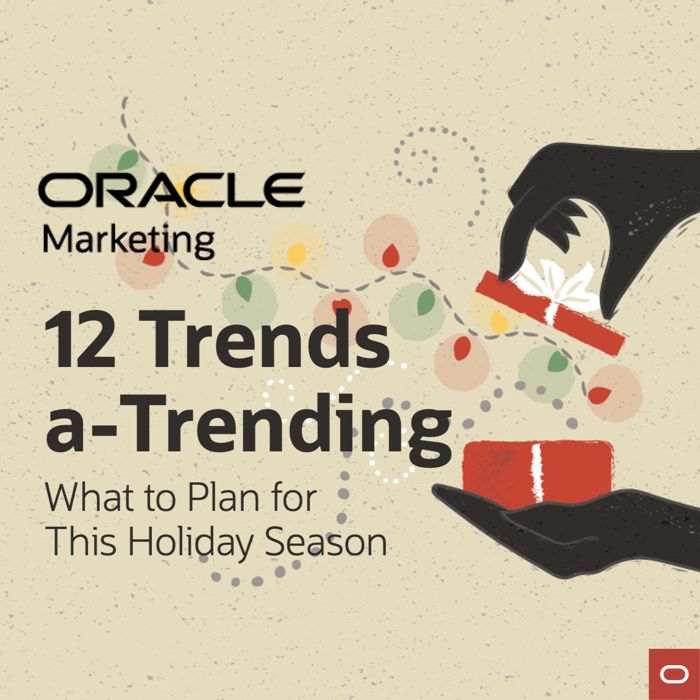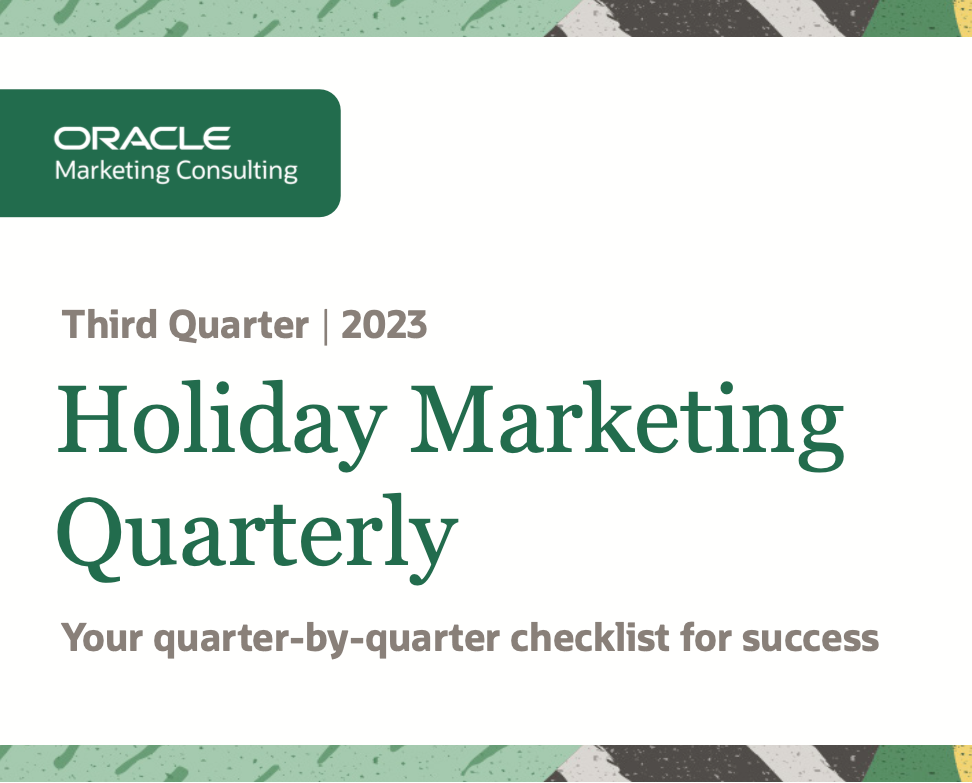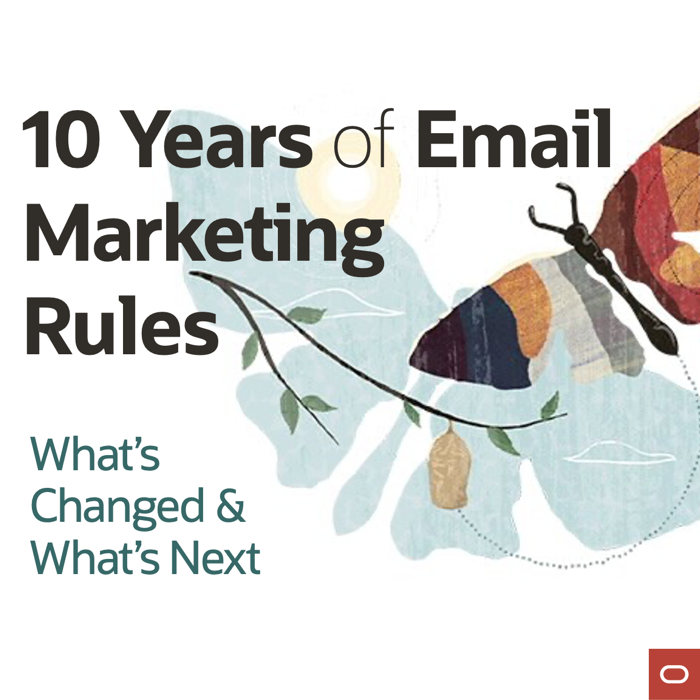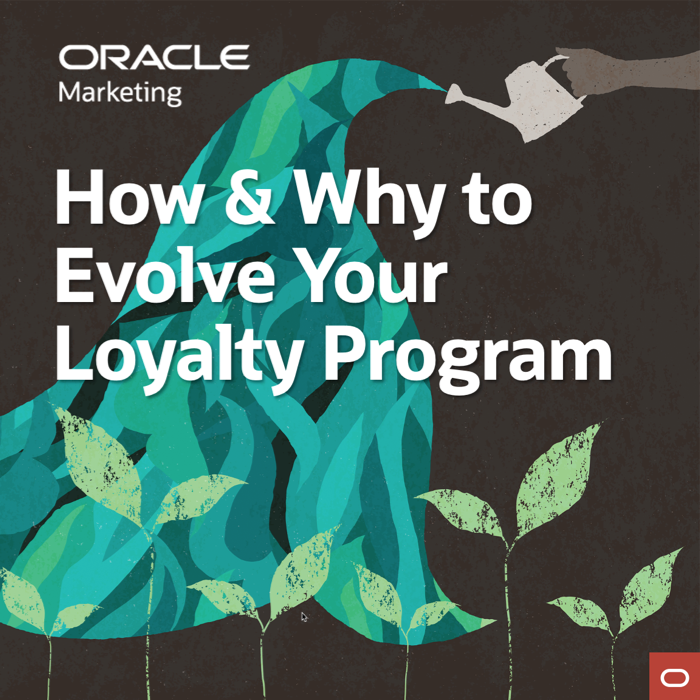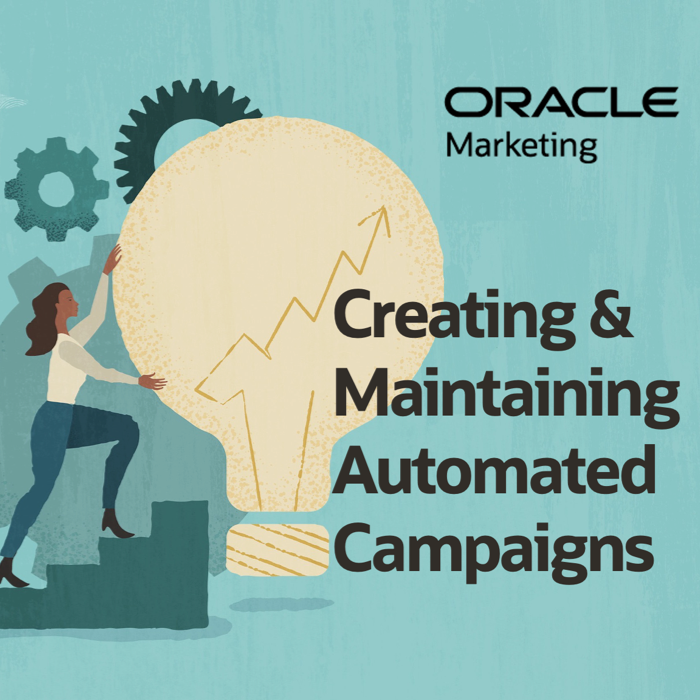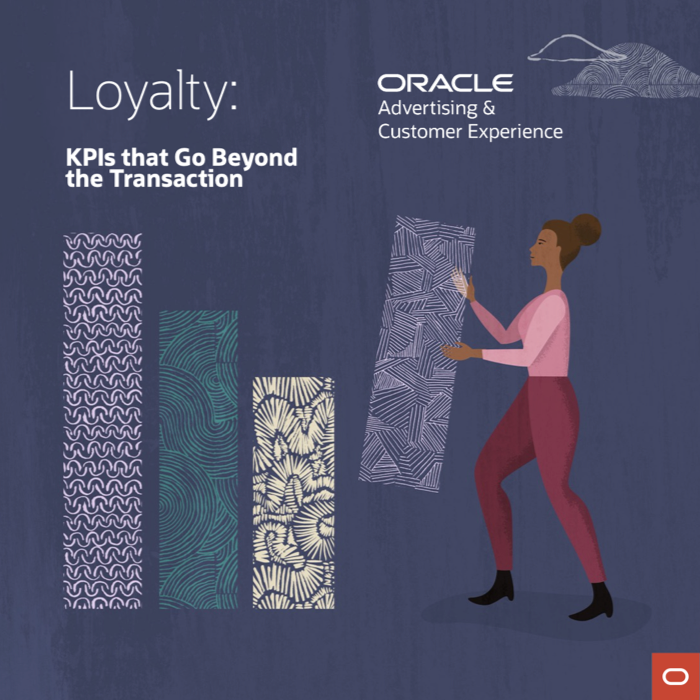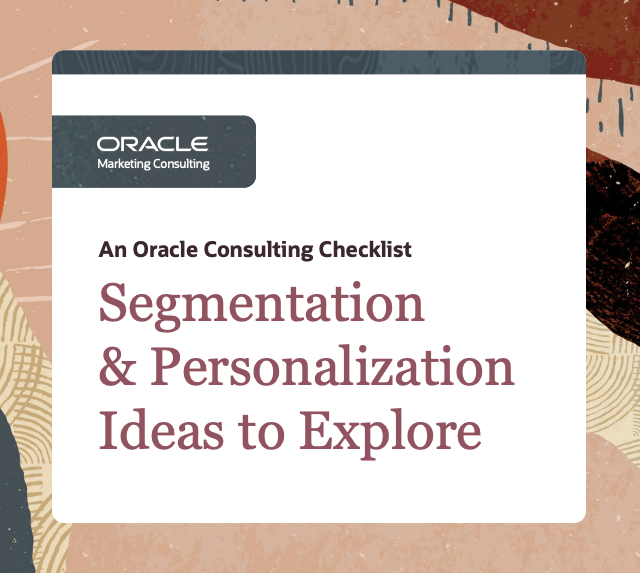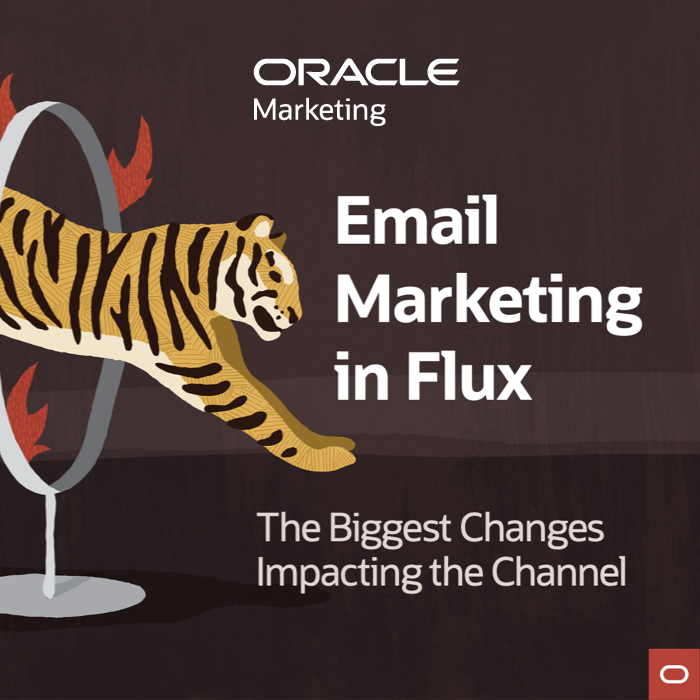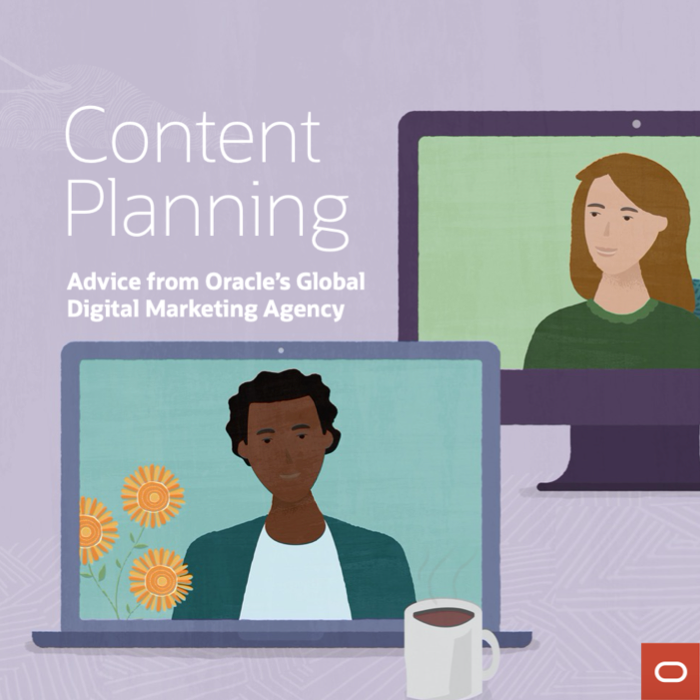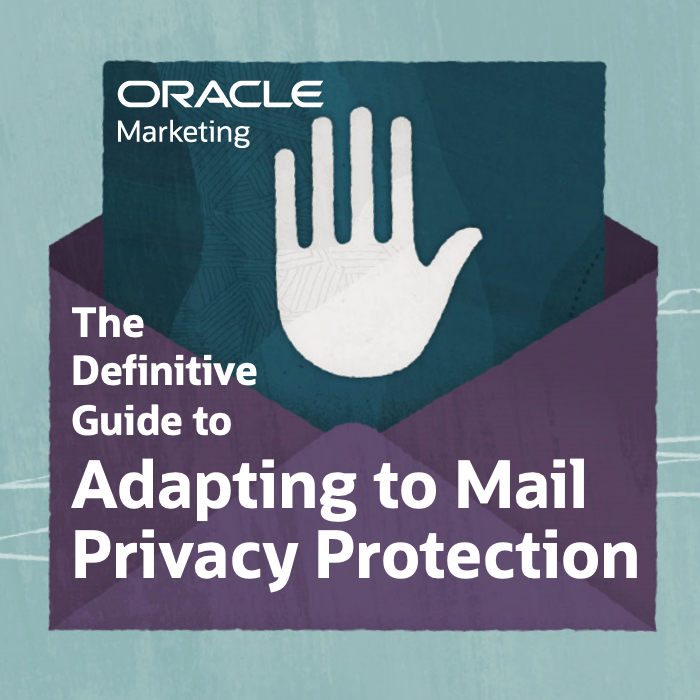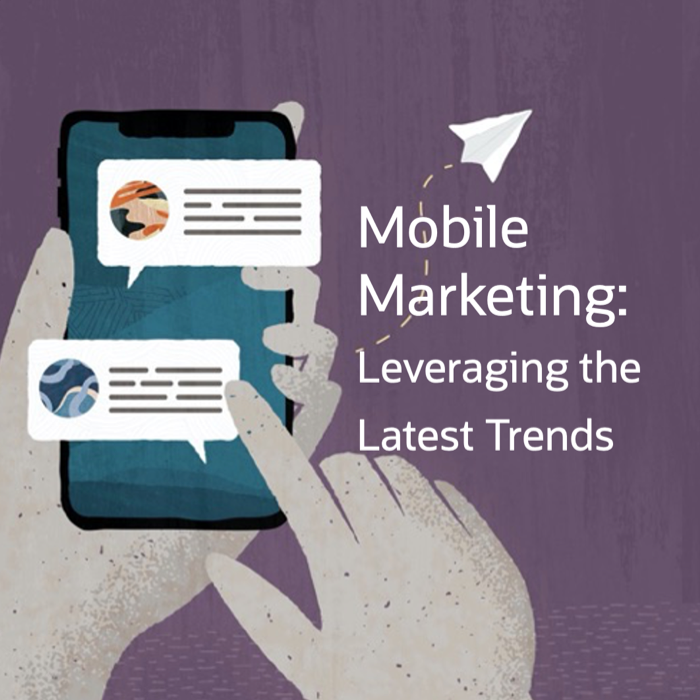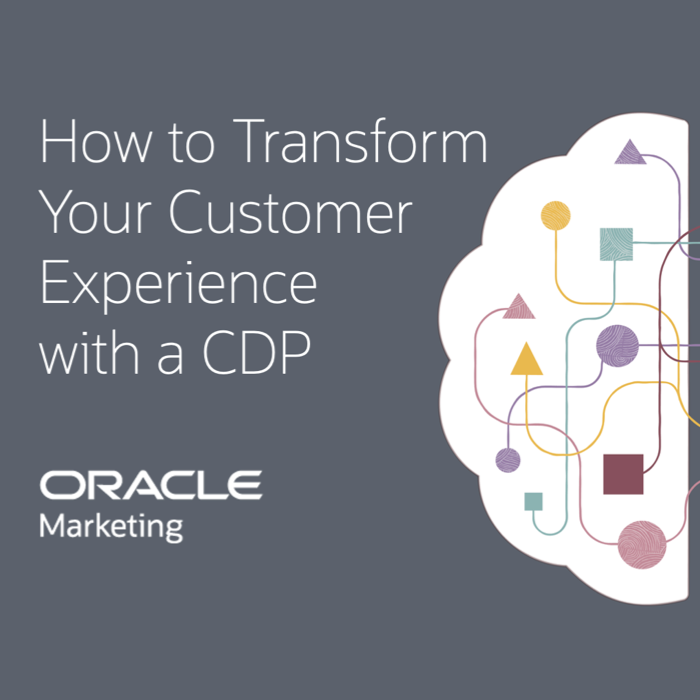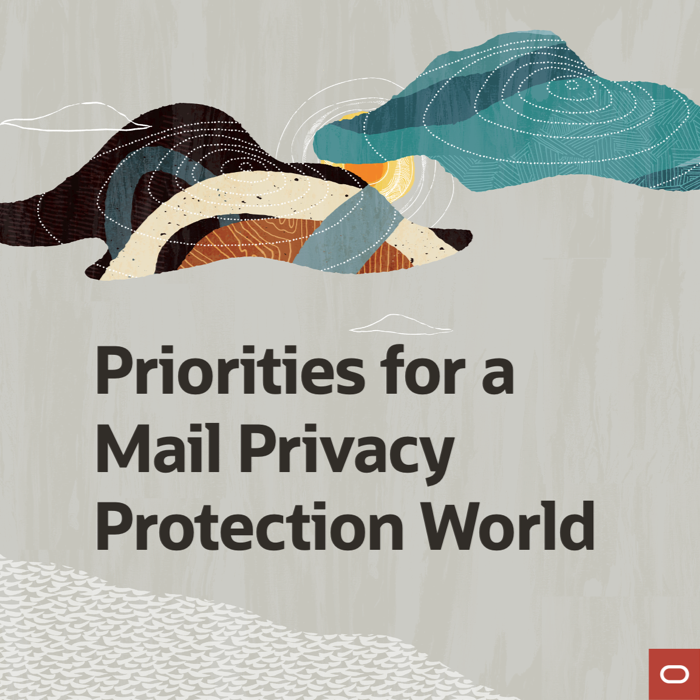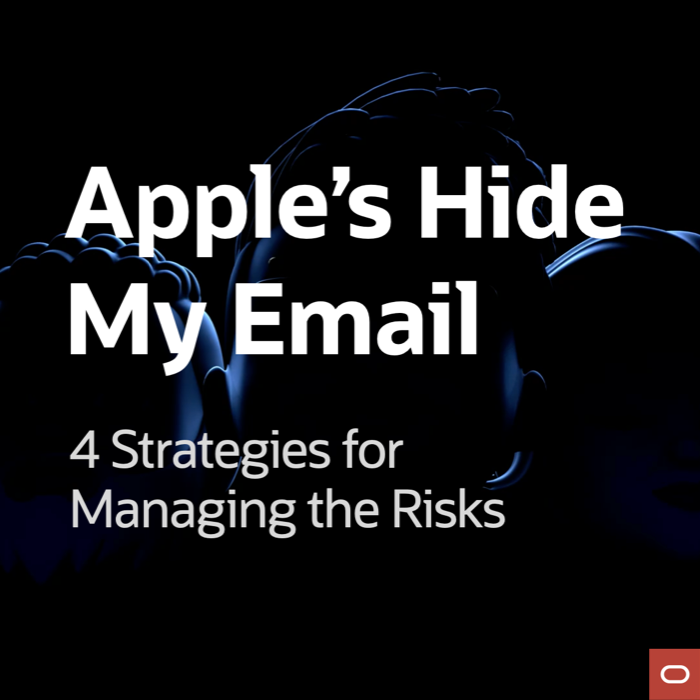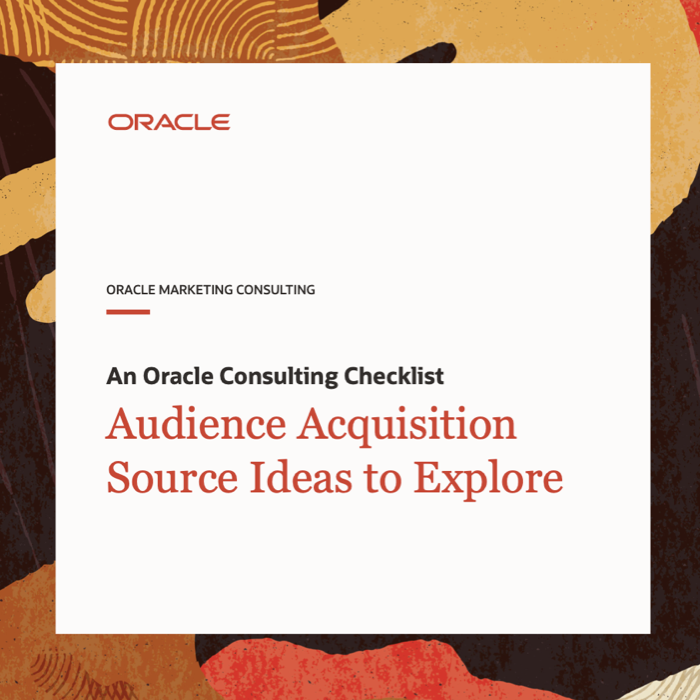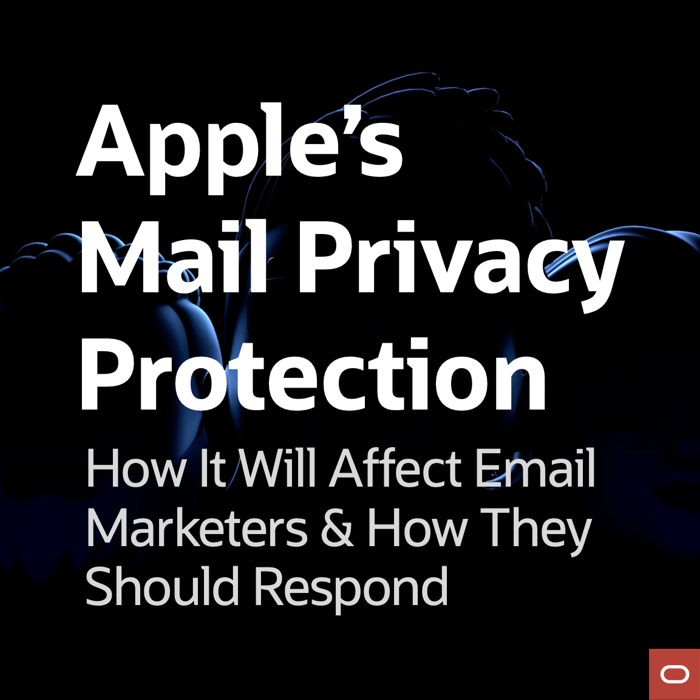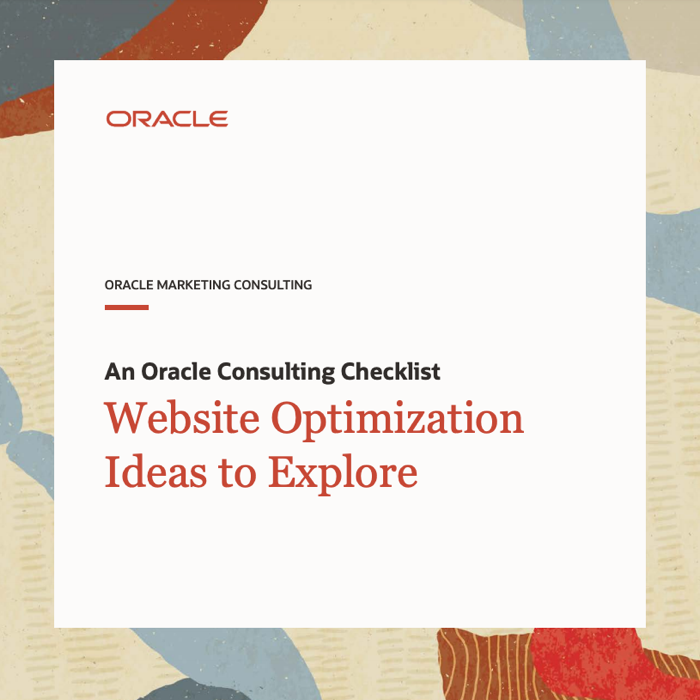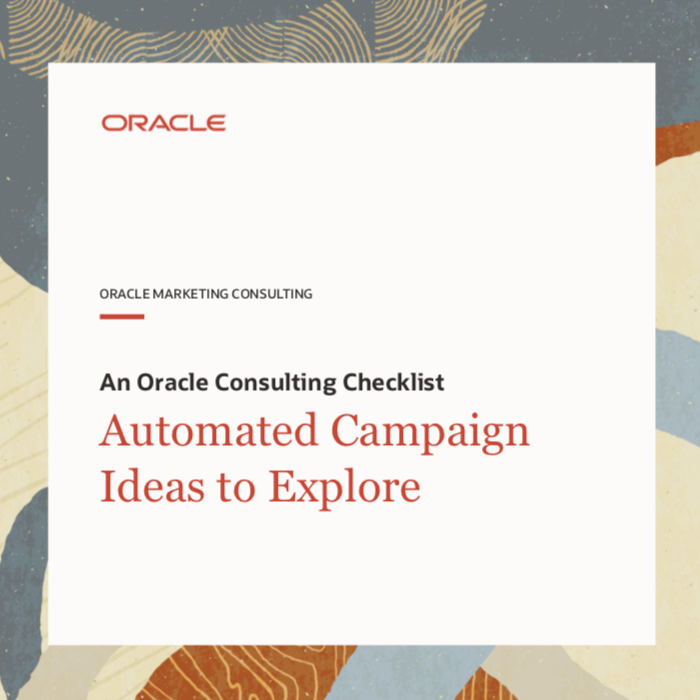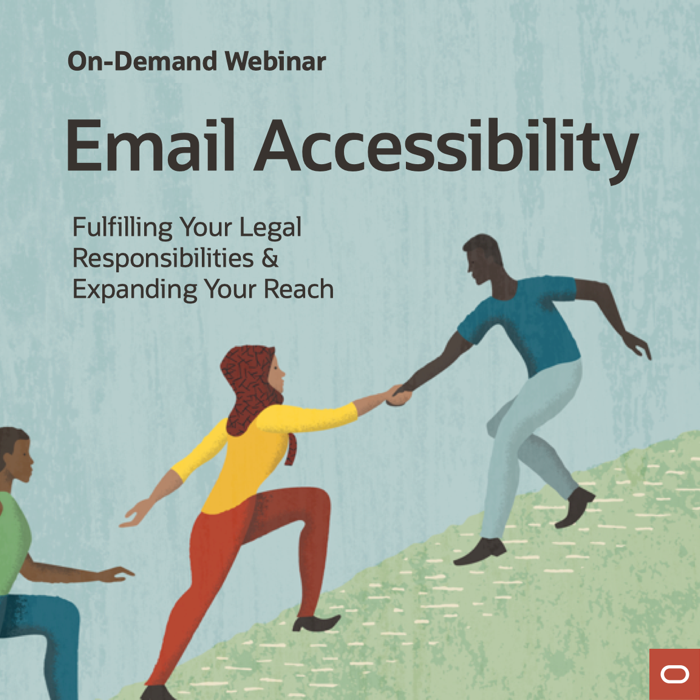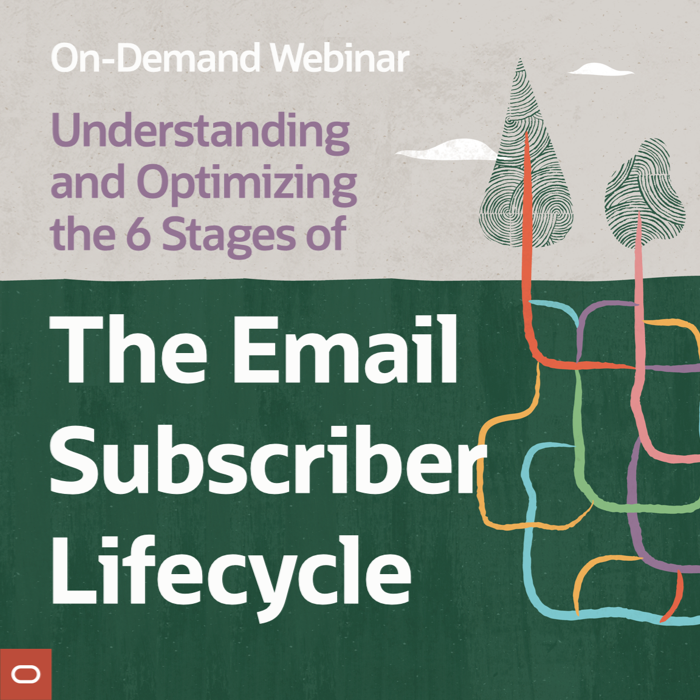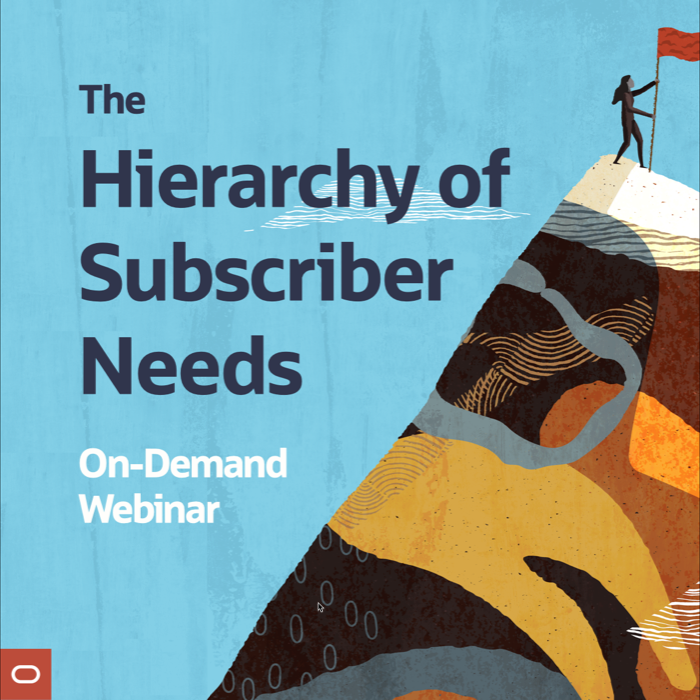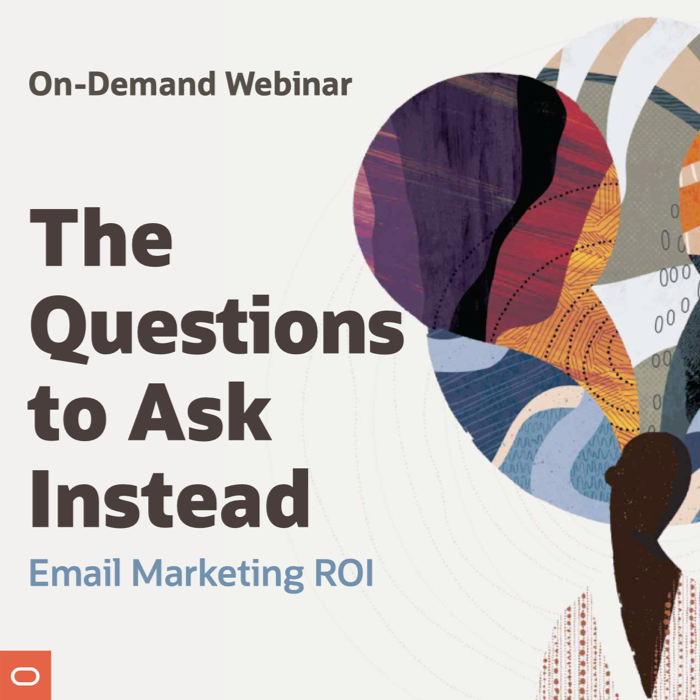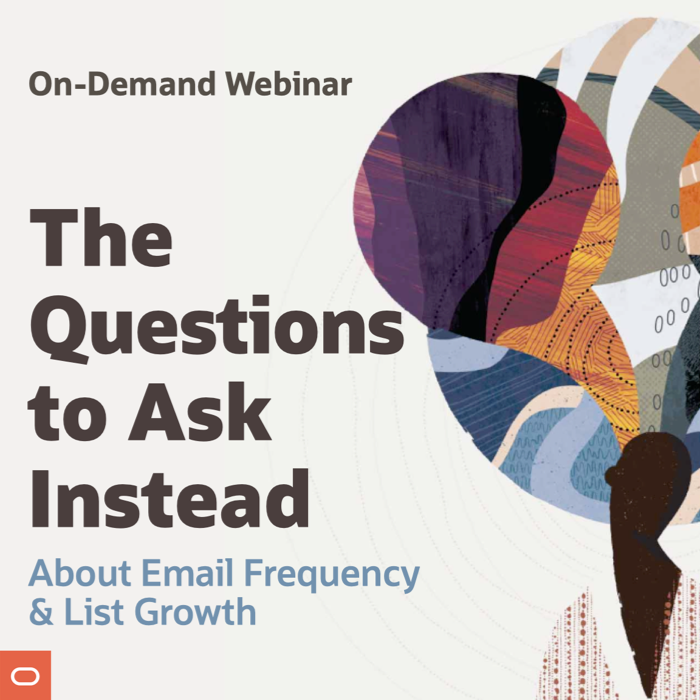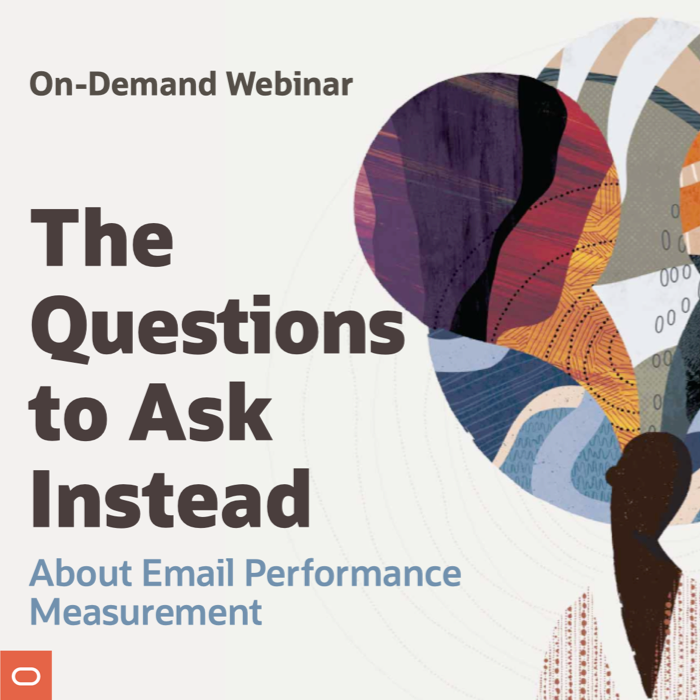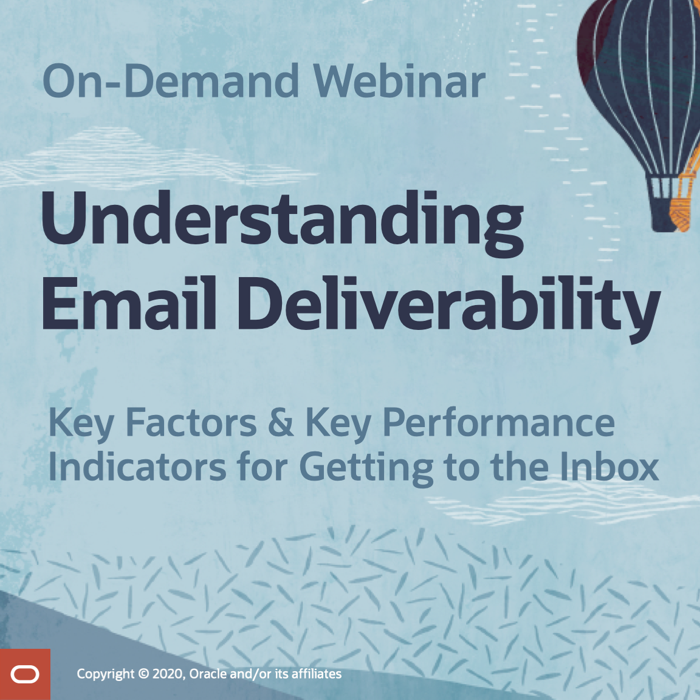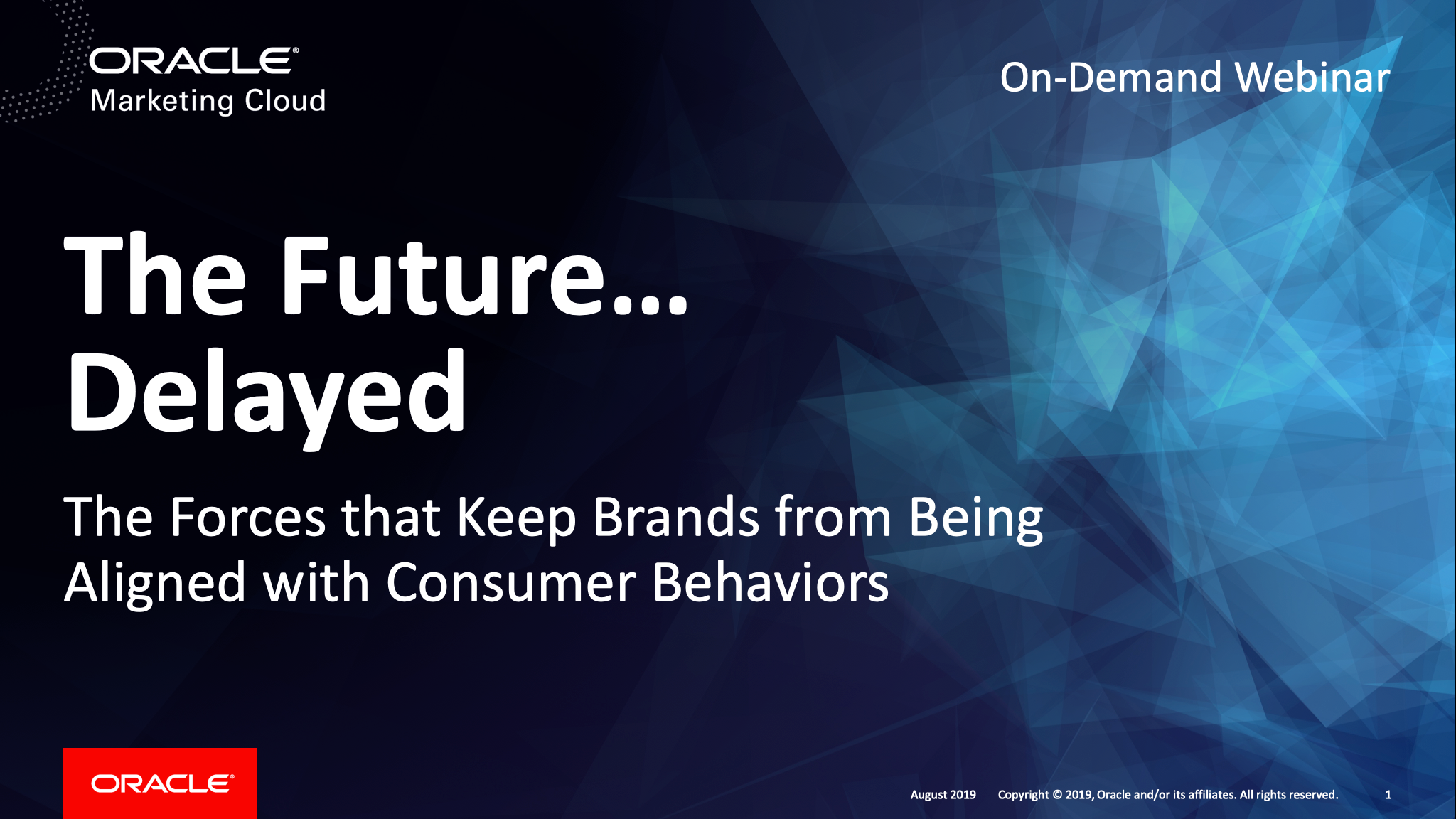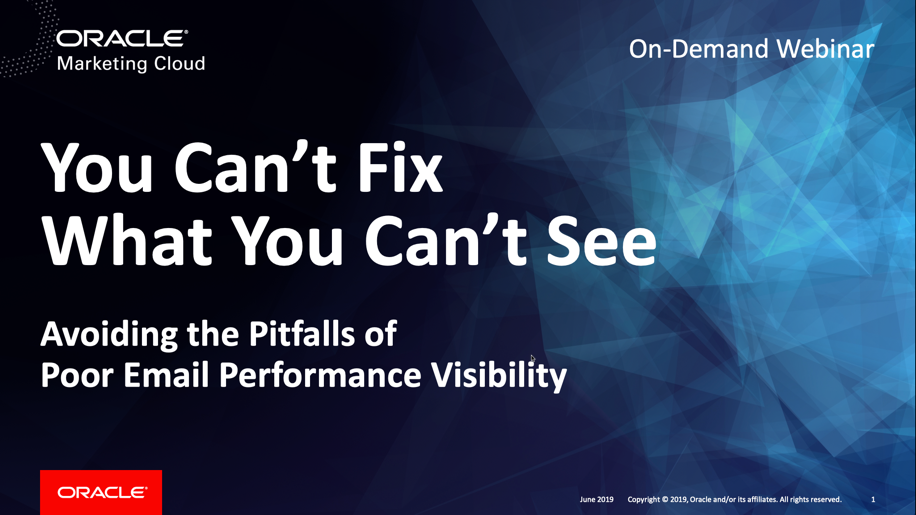6 Manipulative Email Tactics that Disrespect Subscribers—And Hurt Marketers
Posted on January 10, 2018

While brands everywhere are embracing customer-centricity, many relics of brand-centric thinking are still out there. This is especially true in the email marketing industry, where we often vilify inbox providers and second-guess our subscribers’ intentions and intelligence.
Let’s resolve to focus more on serving our subscribers instead of trying to manipulate them, and to shift to respecting our subscribers’ intelligence instead of insulting it.
With those goals in mind, here are six manipulative email tactics that have no place in modern, subscriber-centric email marketing programs:
- Using passive-aggressive email signup and opt-out language
- Requiring all customers to receive marketing emails
- Hiding behind people’s names to obscure your brand
- Using misleading, vague, and overly clever subject lines
- Trying to trick Gmail and other inboxes into re-tabbing your emails
- Hiding unsubscribe links
For all the details on each of those…
>> Read the full post on the Litmus blog
Posted by Chad S. White
Sleeknote’s E-Commerce Boost Podcast: The Hierarchy of Subscriber Needs
Posted on November 15, 2017
 I’m honored to be among the first guests on Sleeknote’s new podcast, E-Commerce Boost. In my episode, I spoke with Sleeknote’s Julie Fjeldgaard about the Hierarchy of Subscriber Needs. I explain why creating respectful, functional, valuable, and remarkable email experiences is critical to email marketing success.
I’m honored to be among the first guests on Sleeknote’s new podcast, E-Commerce Boost. In my episode, I spoke with Sleeknote’s Julie Fjeldgaard about the Hierarchy of Subscriber Needs. I explain why creating respectful, functional, valuable, and remarkable email experiences is critical to email marketing success.
In addition to the Hierarchy of Subscriber Needs, we discuss some of the finding from Litmus’ 2017 State of Email Deliverability report, including:
- Sign-up processes
- How the context of a sign-up affects subscriber quality and needs
- The best and most problematic subscriber acquisition sources
- The opportunity around signup confirmation pages
>> Listen to the podcast
Posted by Chad S. White
Report: 2017 State of Email Deliverability
Posted on July 21, 2017
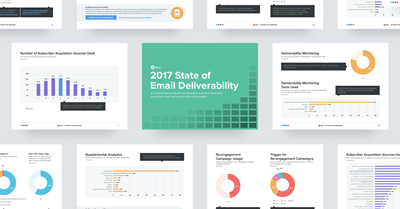 Email marketers can be successful in spite of deliverability problems, but why take the hard path? Make your life easier by avoiding the behaviors that lead to trouble in the first place.
Email marketers can be successful in spite of deliverability problems, but why take the hard path? Make your life easier by avoiding the behaviors that lead to trouble in the first place.
After surveying more than 3,500 marketers, we’ve identified the practices that clearly lower email marketers’ risks of being blocked or blacklisted, as well as those that absolutely raise those risks—sometimes dramatically.
In our first annual State of Email Deliverability report, we look at the deliverability ramifications of marketers’:
- Subscriber acquisition sources
- Permission practices
- Authentication
- List-unsubscribe and encryption usage
- Deliverability and list hygiene tools
- Inactivity management
- Deliverability monitoring and analytics
The 29-page ebook explores each of these findings and much more, with 25 charts providing data-based evidence of current practices and trends that impact email deliverability.
Use the results to benchmark your own acquisition, list hygiene, and deliverability practices, and to identify opportunities to improve your program. Share this report’s findings with your company’s leadership to help advocate for more resources or changes in practices.
>> Download the free report
Posted by Chad S. White
The 5 Most Problematic Subscriber Acquisition Sources
Posted on July 11, 2017
 Brands can attract new subscriber through a variety of sources that range from closely aligned with their operations to completely unassociated. Some of these subscriber acquisition sources are inherently much riskier and therefore less valuable than others.
Brands can attract new subscriber through a variety of sources that range from closely aligned with their operations to completely unassociated. Some of these subscriber acquisition sources are inherently much riskier and therefore less valuable than others.
In our 2017 State of Email Survey, we asked marketers about their use of 20 different subscriber acquisition sources, as well as whether their email program had been blocked or blacklisted in the past 12 months. We identified the most problematic subscriber acquisition sources by looking at which ones were used by email programs that were blocked or blacklisted and those that weren’t.
The subscriber acquisition sources that were at least 20% more likely to be used by email programs that were blocked or blacklisted include:
- Email list rental
- Purchased email list
- Promotion of signup via direct mail, catalog, etc.
- Co-registration
- Lead generation form for ebooks, reports, etc.
Surprised by some of those? Us, too. So we examined what might be going wrong with some of those subscriber acquisition sources and whether they can be fixed.
>> Read the full post on the Litmus blog
Posted by Chad S. White
15 Industry Experts Share Their #1 Email List Building Tactic
Posted on December 12, 2016
 With email lists losing generally around one-third of their subscribers every year, brands must be rebuilding their lists constantly—ideally adding new subscribers at a faster rate than they’re losing them, and ideally adding subscribers with a lifetime value that’s at least as high as the subscribers they’re losing.
With email lists losing generally around one-third of their subscribers every year, brands must be rebuilding their lists constantly—ideally adding new subscribers at a faster rate than they’re losing them, and ideally adding subscribers with a lifetime value that’s at least as high as the subscribers they’re losing.
With list building being so critical, AWeber asked me and 14 other email marketing experts for our top tip for growing email lists wisely. This blog post includes tips on forms, incentives, acquisition sources, and more from:
- Erin King, Sr. Email Marketing Manager at Litmus
- Kristen Dunleavy, Content Marketing Manager at Movable Ink
- Amy Schmittauer, Founder of Savvy Sexy Social
- Noah Kagan, Chief Sumo at SumoMe
- Nick Loper, Chief Side Hustler at Side Hustle Nation
- Carl Sednaoui, Director of Marketing at MailCharts
- Mike Nelson, Email Geek at Really Good Emails
- Rachel Moffatt, Social Media Manager at Express Writers
- Brian Dean, Founder of Backlinko
- Nick Westergaard, Chief Brand Strategist at Brand Driven Digital
- Henneke Duistermaat, Founder of Enchanting Marketing
- Andy Crestodina, Co-Founder and Strategic Director at Orbit Media Studios
- Jenna Kutcher, Founder of the Jenna Kutcher Course and Host of The Goal Digger Podcast
- Tom Tate, Marketing Product Manager at AWeber
>> See all the list-building tips on the AWeber blog
Posted by Chad S. White
4 Kinds of Email Addresses That Are Damaging Your Deliverability
Posted on September 26, 2016
 Email is a great medium for connecting with leads and customers. But when your list becomes bloated with bad addresses and inactive subscribers, your deliverability can be in serious jeopardy.
Email is a great medium for connecting with leads and customers. But when your list becomes bloated with bad addresses and inactive subscribers, your deliverability can be in serious jeopardy.
Here are four types of offending addresses and how to deal with each of them effectively:
- Invalid Email Addresses. These addresses are unmailable, which means they don’t match any existing email accounts.
- Spam Traps. All spam traps pose risks to marketers, but the most harmful are pristine spam traps—email addresses created by inbox providers and blacklisting organizations to identify spammers.
- Role-based Email Addresses. These include departmental addresses, such as “sales@company.com” or “events@company.com.”
- Inactive Subscribers. These fall into two categories: never-actives and chronic inactives. Never-actives are new subscribers who haven’t engaged with any of your emails; chronic inactives have opened and clicked through your messages in the past, but they have since ignored them for several months or longer.
For a detailed discussion of each of these…
>> Read the full article on MarketingProfs.com
Posted by Chad S. White
The Verdict on Single Opt-In vs. Double Opt-In
Posted on June 17, 2016
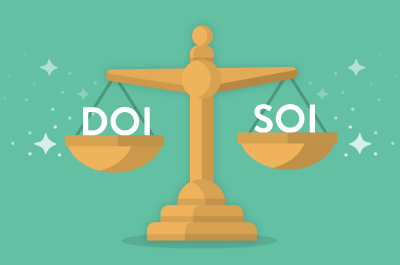 We’ve heard the case for single opt-in (SOI) and the case for double opt-in (DOI). And we have also heard public opinion on the matter, which is nearly evenly split.
We’ve heard the case for single opt-in (SOI) and the case for double opt-in (DOI). And we have also heard public opinion on the matter, which is nearly evenly split.
After weighing all the evidence, we’ve come to the following three opinions:
- Single opt-in just isn’t an option for everyone.
- Boiling permission down to single opt-in vs. double opt-in is a gross oversimplification as that puts all the focus on confirmation, which is only one component of an opt-in.
- Single opt-in and double opt-in both have a place in many organizations.
>> Read the full post on the Litmus blog
Posted by Chad S. White
Single Opt-in vs. Double Opt-in: The Court of Public Opinion
Posted on June 10, 2016
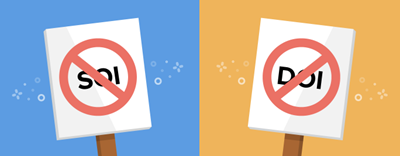 The case has been made for single opt-in and the case has been made for double opt-in. This contest is clearly one of great public interest, judging by the number of people who have testified by commenting and by the reactions of people on Twitter and elsewhere.
The case has been made for single opt-in and the case has been made for double opt-in. This contest is clearly one of great public interest, judging by the number of people who have testified by commenting and by the reactions of people on Twitter and elsewhere.
These comments deserve consideration and the public’s opinion will be heard, but first let’s again be clear on who the two parties are in this dispute:
- Single opt-in (SOI) is a subscription process where a new email address is added to your mailing list without requiring the owner of that email address to confirm definitively that they knowingly and willingly opted in
- Double opt-in (DOI), also known as confirmed opt-in (COI), is a subscription process where a new email address is only added to your mailing address after the email address owner clicks a confirmation link in a subscription activation or opt-in confirmation request email that’s sent to them after they opt in via a form or checkbox
With those formalities out of the way, let the voice of the people be heard!
>> Read the entire post on the Litmus blog
Posted by Chad S. White
Single Opt-In vs. Double Opt-In: The Case for SOI
Posted on May 19, 2016
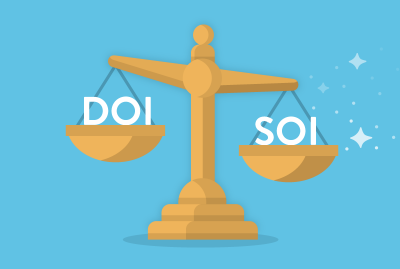 We gather here to settle once and for all the debate as to whether single opt-in or double opt-in is the better signup process. Before we begin, let’s be clear on what these two terms mean:
We gather here to settle once and for all the debate as to whether single opt-in or double opt-in is the better signup process. Before we begin, let’s be clear on what these two terms mean:
- Single opt-in (SOI) is a subscription process where a new email address is added to your mailing list without requiring the owner of that email address to confirm definitively that they knowingly and willingly opted in
- Double opt-in (DOI), also known as confirmed opt-in (COI), is a subscription process where a new email address is only added to your mailing address after the email address owner clicks a confirmation link in a subscription activation or opt-in confirmation request email that’s sent to them after they opt in via a form or checkbox
With that out of the way, let’s now hear the case for single opt-in…
>> Read the full post on the Litmus Blog
Posted by Chad S. White
Trends for 2015: Views from 10 Email Marketing Experts
Posted on February 2, 2015
 To understand the latest best practices and the newest email marketing opportunities, Smart Insights asked me and 9 other email marketing specialists from around the world to share our recommendations.
To understand the latest best practices and the newest email marketing opportunities, Smart Insights asked me and 9 other email marketing specialists from around the world to share our recommendations.
Published in Smart Insights – Email Trends 2015, the trends include:
- Responsive Email Design
- Animated Gifs
- Video in Email
- Dynamic Customization
- Predictive Intelligence
- Pop-up Sign-up Forms
- Email Acquisition through Social
- Blank Email Double Opt-in
- Real-Time Email Marketing
- Location-Specific
- Integrating Card Updates into Broadcast Emails
My recommendations focused on predictive intelligence and blank email double opt-in. Predictive intelligence is a great way of harnessing Big Data to inject personalized recommendations into your emails—particularly, your transactional, cart abandonment, and browse abandonment emails. Powered by analytical insights into individual and group behavioral patterns, predictive intelligence enables dynamic content offers to be the most relevant to maximize response—and can really move the needle on email marketing revenue.
Blank email double opt-in is a new opt-in method that allows a person to opt into a brand’s email program by sending a blank email to a particular email address. When someone does that, it triggers an opt-in confirmation request email that asks the person to activate their subscription by clicking on a link in the email. This method is exciting because it’s easier than SMS email opt-ins, eliminates malicious signups and typo spamtrap risks, and increases opt-in confirmations by keeping the opt-in process entirely within the inbox.
>> Check out all the recommendations in “Smart Insights – Email Trends 2015”
Posted by Chad S. White

Welcome! Email Marketing Rules is your guide to understanding the best practices of this complex, often misunderstood channel as you craft the best executions for your brand. Every week, we’ll explore strategies and tactics, discuss tips and inspiration, and dig into industry news and trends.
Chad S. White
Head of Research
Oracle Digital Experience Agency
Author of Email Marketing Rules and nearly 4,000 articles about digital and email marketing
Topics
Recent Posts
Archives
- May 2024 (1)
- April 2024 (6)
- March 2024 (9)
- February 2024 (10)
- January 2024 (7)
- December 2023 (7)
- November 2023 (6)
- October 2023 (10)
- September 2023 (7)
- August 2023 (9)
- July 2023 (7)
- June 2023 (8)
- May 2023 (8)
- April 2023 (9)
- March 2023 (9)
- February 2023 (6)
- January 2023 (10)
- December 2022 (5)
- November 2022 (7)
- October 2022 (10)
- September 2022 (9)
- August 2022 (6)
- July 2022 (5)
- June 2022 (8)
- May 2022 (7)
- April 2022 (4)
- March 2022 (9)
- February 2022 (7)
- January 2022 (7)
- December 2021 (5)
- November 2021 (7)
- October 2021 (9)
- September 2021 (7)
- August 2021 (9)
- July 2021 (6)
- June 2021 (8)
- May 2021 (6)
- April 2021 (3)
- March 2021 (6)
- February 2021 (6)
- January 2021 (9)
- December 2020 (8)
- November 2020 (6)
- October 2020 (10)
- September 2020 (9)
- August 2020 (8)
- July 2020 (10)
- June 2020 (12)
- May 2020 (6)
- April 2020 (5)
- March 2020 (8)
- February 2020 (6)
- January 2020 (7)
- December 2019 (6)
- November 2019 (6)
- October 2019 (8)
- September 2019 (3)
- August 2019 (5)
- July 2019 (6)
- June 2019 (3)
- May 2019 (7)
- April 2019 (2)
- March 2019 (4)
- February 2019 (3)
- January 2019 (5)
- December 2018 (9)
- November 2018 (7)
- October 2018 (11)
- September 2018 (7)
- August 2018 (9)
- July 2018 (7)
- June 2018 (5)
- May 2018 (5)
- April 2018 (7)
- March 2018 (8)
- February 2018 (3)
- January 2018 (6)
- December 2017 (8)
- November 2017 (8)
- October 2017 (4)
- September 2017 (6)
- August 2017 (5)
- July 2017 (11)
- June 2017 (9)
- May 2017 (8)
- April 2017 (5)
- March 2017 (5)
- February 2017 (3)
- January 2017 (5)
- December 2016 (11)
- November 2016 (6)
- October 2016 (5)
- September 2016 (10)
- August 2016 (10)
- July 2016 (6)
- June 2016 (6)
- May 2016 (8)
- April 2016 (7)
- March 2016 (9)
- February 2016 (8)
- January 2016 (8)
- December 2015 (7)
- November 2015 (8)
- October 2015 (7)
- September 2015 (8)
- August 2015 (4)
- July 2015 (8)
- June 2015 (4)
- May 2015 (6)
- April 2015 (8)
- March 2015 (6)
- February 2015 (9)
- January 2015 (7)
- December 2014 (13)
- November 2014 (7)
- October 2014 (9)
- September 2014 (11)
- August 2014 (13)
- July 2014 (9)
- June 2014 (6)
- May 2014 (8)
- April 2014 (6)
- March 2014 (11)
- February 2014 (7)
- January 2014 (8)
- December 2013 (10)
- November 2013 (8)
- October 2013 (11)
- September 2013 (10)
- August 2013 (12)
- July 2013 (9)
- June 2013 (10)
- May 2013 (12)
- April 2013 (7)
- March 2013 (9)
- February 2013 (5)
 Email Marketing Rules
Email Marketing Rules

